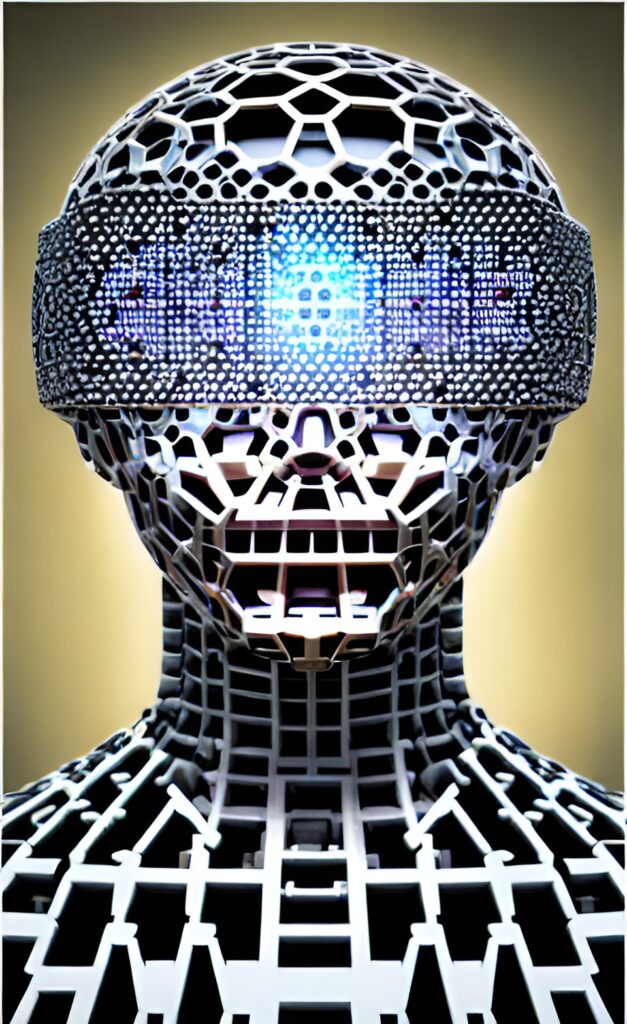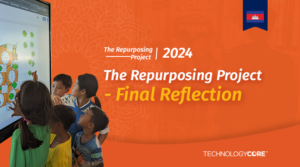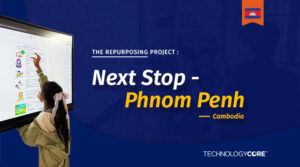With AI starting to filter into everyday apps and activities, businesses and government are struggling to understand how best to manage how to use it safely. Whilst the continuing improvements in AI are making life easier for some, it is causing headaches for others and even angst as people consider if their jobs may be impacted or even made extinct. After reading of the federal government calling of proposals on a draft National AI in Schools framework, I started thinking more about AI and where I see it being used more noticeably in my world and how I see it fitting in to education in particular.
Personally, I’ve noticed AI being used more due to my love of music and, in particular, The Beatles. There have been a lot more examples of AI generated songs featuring the Beatles singing, or in some cases being de-aged or added to other Beatle’s members songs.
John Lennon singing Band on The Run
I Don’t Know – Paul McCartney de-aged
Most of them are pretty sketchy at best in terms of realism and are really just exploring how the AI can be used in various ways. However, sometimes they sound just about right and the comments from fans show that there are a lot of people who like the possibilities of brand-new music using AI versions of these bands. As a fan, and a musician, I’m not overly comfortable with using existing bands that are long gone to make new music, but there are those who do want this for various reasons.
It seems even music companies are worried and looking to find ways to protect artists voices, but then, what will they be able to do with them?
The same is happening with videos where AI is used to either de-age characters or create entirely new scenes featuring actors that are no longer alive. While mostly used in passing there have been a few examples of more substantial characterisations as the AI improves, the budgets allow for it and the story calls for a younger version of the actor where a lookalike won’t do.
Paul McCartney and Beck – Find My Way
A 20’s something McCartney in a modern video. A dancer with motion capture points was used for the scene with McCartney’s face “deepfaked” using AI.
Harrison Ford de-aged in Indiana Jones 5
A 70’s year old Ford de-aged to appear as his character would in the 1940’s, similar to his portrayal of Indiana Jones in The Last Crusade.
They still don’t quite beat the uncanny valley “doll” look and even in a few short years have come a long way from this:

Star Wars is a good example of this technique being used to bring back actors from the dead and place them in modern films with Peter Cushing’s likeness used throughout Rogue One as a major character. With Cushing dying in 1994 and Rogue One releasing in 2016 it is incredible to think that an actor can play a major role in a film without being alive to play it! Though that does leave all sorts of questions on the morals of doing so as the actor can neither consent nor provide their own interpretation of a character. Seeing as the AI character is generally based off the living actor’s roles, at what point does the characterisation become a parody of those?
Comparison of Peter Cushing in Rogue One and Star Wars: A New Hope
This shows that the CGI/AI Tarkin just can’t quite match the real thing, but it’s close enough to be used in a full feature as a main character.
Governments across the globe are becoming more concerned with AI use in education and the impacts on learning that that holds. With various AI chat-bots able to create detailed and authentic essays and questions answers based on specific information provided to it, education departments are struggling to determine how to incorporate AI into everyday learning. Some governments have banned the use of ChatAI in state schools until they can understand how it will impact students, whilst other governments and independent schools have begun to embrace the uses and possibilities while creating limits around how it can be used.

The use of AI in schools has parallels with the earlier introduction of other technologies such as computers and calculators which were seen as ways to “cheat” learning by making things easier. In my teaching career, I strongly believed that these were tools similar to a pen, book and ruler that needed to be learned how to get the best from them as on their own, and with no context in using them, were just things that could do some other things. Parents would often complain about screen time and when asked in detail, would say they didn’t like how their child was always watching YouTube or gaming and were worried they’d get more time in class on a screen. My response was that the screen time in class was different as they were no longer consumers, but producers when using them. The change was going from passive to active consumption where what they were viewing needed them to reflect on what they were seeing and then take that to create their own thoughts and work.
The same needs to be thought of about AI.
Students, and in many cases adults, need to be taught how to use AI to enhance what they are learning and not just use the results blindly. Wikipedia was originally rubbished by many educators, but it eventually has become a great tool to start from as it gives younger students broad information that is reasonably well checked for accuracy and has links to references where information has been sourced. As long as it is not used as the primary, or sole source of information, using it as a basic starting point to search for more detail teaches students to vary their sources and question what they are being given.
When teaching the use of AI is approached in the same way, it then can become a consolidator of information to begin searching for deeper information sources. This, I think, will be the key in ensuring that AI is used in education in ways that enhance student learning instead of replacing it.
Then, we’ll really see some cool stuff come from it.






